Aubrac Cattle
- January 30, 2024
- 0 comment
Aubrac cattle, a distinctive and hardy breed, originate from the Aubrac region in France, a land renowned for its rugged terrain and variable climate. These cattle are celebrated for their remarkable adaptability, thriving in environments that would challenge other breeds. Characterized by their medium stature, these bovines possess a unique coat, usually of a wheat to brown shade, which not only adds to their aesthetic appeal but also serves as a protective layer against harsh weather conditions. Historically, Aubrac cattle have been a versatile asset to farmers, being used both for dairy and meat production. Their milk is particularly valued for its rich quality, often used in traditional cheese-making processes. The meat, on the other hand, is known for its flavor and tenderness, making it a sought-after commodity in culinary circles.
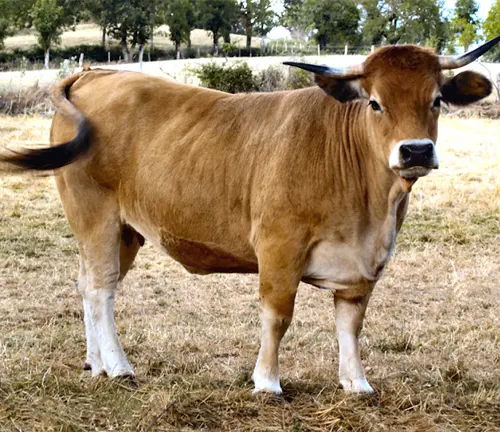
The breeding and rearing practices of Aubrac cattle are a testament to their resilience and ease of care. They are known for their longevity and robust health, although like all livestock, they require attentive management to prevent common bovine health issues. The cultural significance of Aubrac cattle extends beyond agriculture. They are a symbol of rural tradition in their native France, often featured in cultural festivals and regional celebrations. As modern farming evolves, the Aubrac breed continues to hold its ground, adapting to new agricultural methods while maintaining its historical and cultural essence. Their contribution to the agricultural economy is significant, underlining their enduring relevance in a rapidly changing world. In essence, Aubrac cattle are not just a breed; they are a legacy, intertwining the threads of agricultural resilience, economic value, and cultural heritage.
| Specification | Details |
|---|---|
| Origin | Aubrac region, France |
| Size | Medium |
| Body Weight | Bulls: 950-1,100 kg, Cows: 600-700 kg |
| Height | Bulls: 135-145 cm, Cows: 125-135 cm |
| Coat Color | Wheat to brown, sometimes with a lighter underbelly |
| Temperament | Docile and hardy |
| Lifespan | Typically 15-20 years |
| Diet | Primarily grass-fed; adaptable to various forages |
| Reproductive Traits | Early maturity, calving ease, good maternal instincts |
| Milk Production | High-quality milk, used in traditional cheese making |
| Meat Quality | Flavorful and tender |
| Climate Adaptability | Highly adaptable to varied climates |
| Use | Dual-purpose: dairy and meat production |
| Conservation Status | Not endangered, stable population |
| Economic Importance | Significant in regional agriculture, meat and dairy industry |
Welcome to the fascinating world of Aubrac cattle! Originating from the Aubrac region in France, these bovines are known for their hardiness and versatility. Let’s delve into their history and what makes them so special.
Physical Traits
Aubrac cattle are medium-sized with a distinct coat. Their appearance reflects their resilience. We’ll explore their physical characteristics in detail.
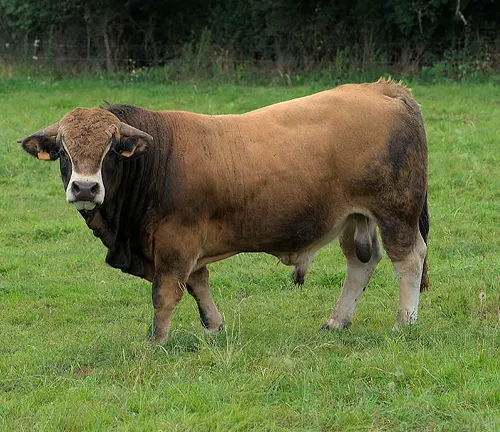
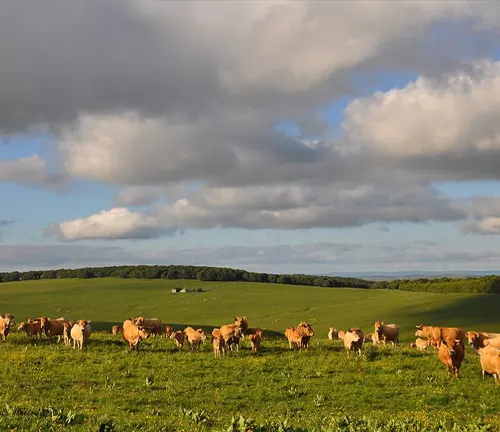
Habitat and Adaptability
How do these cattle fare in different environments? Their adaptability to various climates is a testament to their robust nature.
Diet and Nutrition
Understanding their diet is key to their care. We’ll look at what these cattle eat and their nutritional requirements.
Breeding and Reproduction
Breeding practices are crucial for healthy herds. We’ll discuss the reproduction cycle, calving, and calf care.

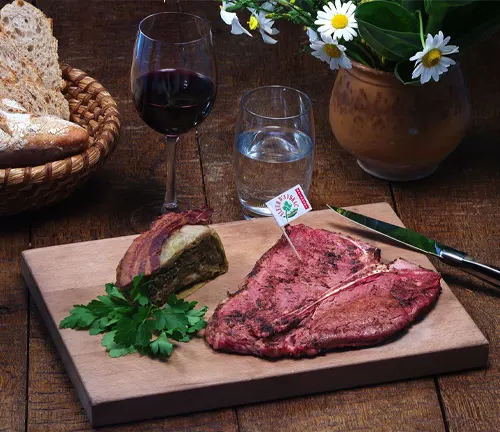
Uses and Applications
From dairy to meat production, Aubrac cattle are multifaceted. We’ll examine their various uses in agriculture.
Health and Lifespan
What about their health and lifespan? We’ll cover common health issues and how long these cattle typically live.
Different Species
Aubrac cattle, as a specific breed, do not have different species, as the term “species” refers to a broader classification in biology. However, within the Aubrac breed, there can be variations or different strains, often distinguished by slight differences in traits due to regional adaptations or breeding practices.
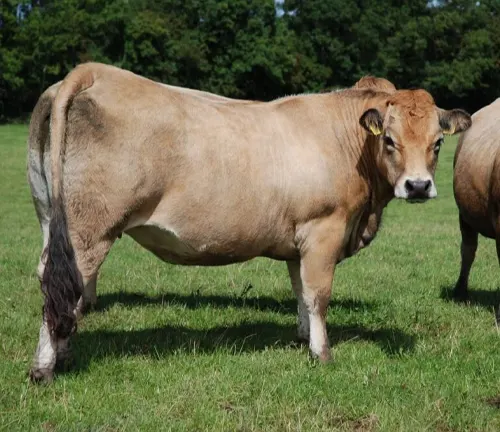
Frequently Asked Question (FAQs)
- What is the origin of Aubrac cattle?
Aubrac cattle originate from the Aubrac region in the Massif Central of France. - What are the distinguishing features of Aubrac cattle?
They are known for their wheat-colored coat, sturdy build, and resistance to harsh weather conditions. - What is the primary use of Aubrac cattle?
They are primarily used for meat production, known for high-quality, flavorful beef. They are also used for milk production in some areas. - How do Aubrac cattle adapt to different climates?
Aubrac cattle are highly adaptable and can thrive in various climates, including harsh and rugged terrains. - What is the typical lifespan of Aubrac cattle?
They have a relatively long lifespan, often living up to 15-20 years. - What are the dietary requirements of Aubrac cattle?
They are predominantly grass-fed and have a diet that consists mainly of natural forages. - How easy is it to breed Aubrac cattle?
Aubrac cattle are known for their ease of calving and strong maternal instincts, making them relatively easy to breed. - Are there any specific health concerns associated with Aubrac cattle?
They are a hardy breed with few health issues, but like all cattle, they require regular health checks and vaccinations. - What is the average weight and size of Aubrac cattle?
Adult Aubrac bulls typically weigh between 950 to 1,100 kg, while cows weigh between 600 to 700 kg. - How are Aubrac cattle used in agriculture?
Besides meat and milk production, they are also valued for their role in sustainable farming practices due to their adaptability and low maintenance. - What is the conservation status of Aubrac cattle?
They are not currently considered endangered and have a stable population, especially in France. - Do Aubrac cattle require special care or management?
While they are known for being hardy and low-maintenance, basic cattle management practices such as proper feeding, health care, and shelter are necessary. - How do Aubrac cattle contribute to local economies?
They contribute significantly to local economies through meat and dairy production, especially in regions where they are a traditional breed. - Are Aubrac cattle suitable for small-scale farms?
Yes, their adaptability, hardiness, and low maintenance make them suitable for both small-scale and larger commercial farms.


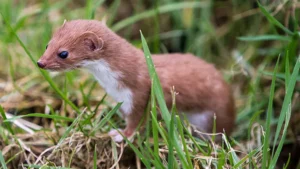








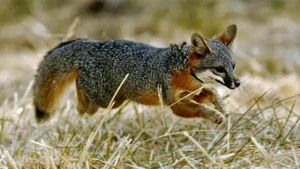

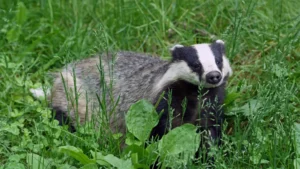
Leave your comment